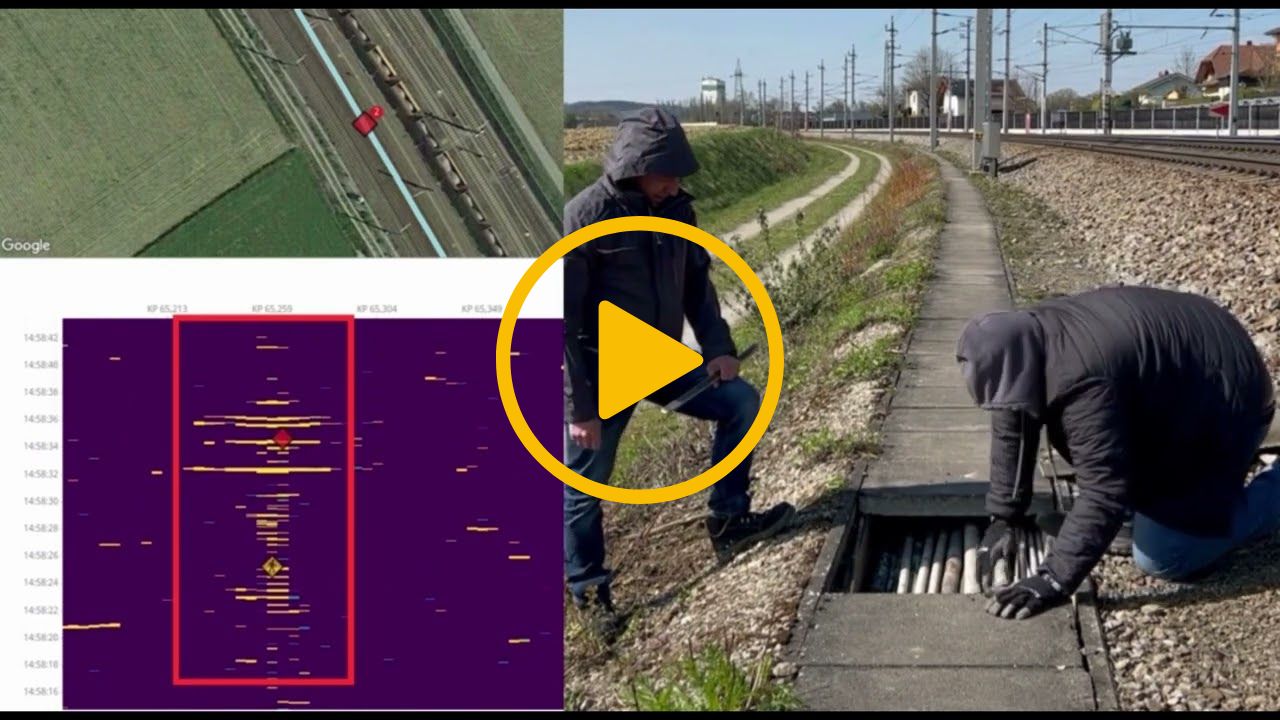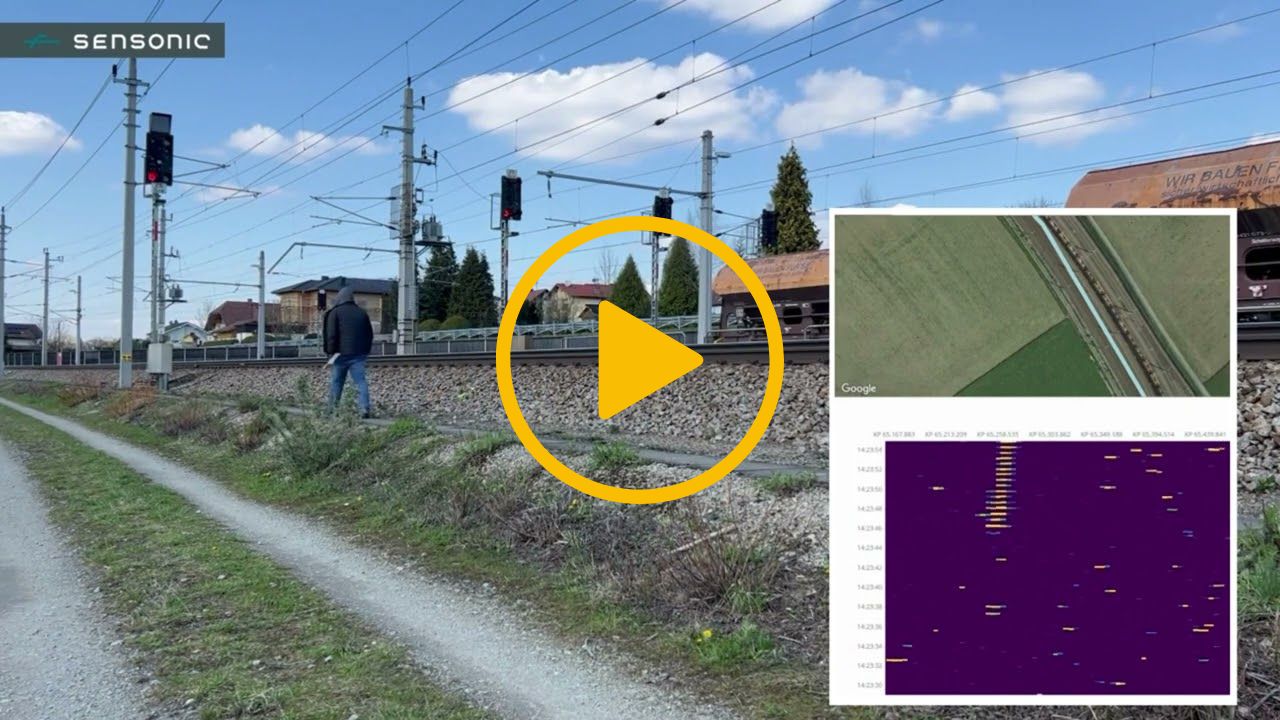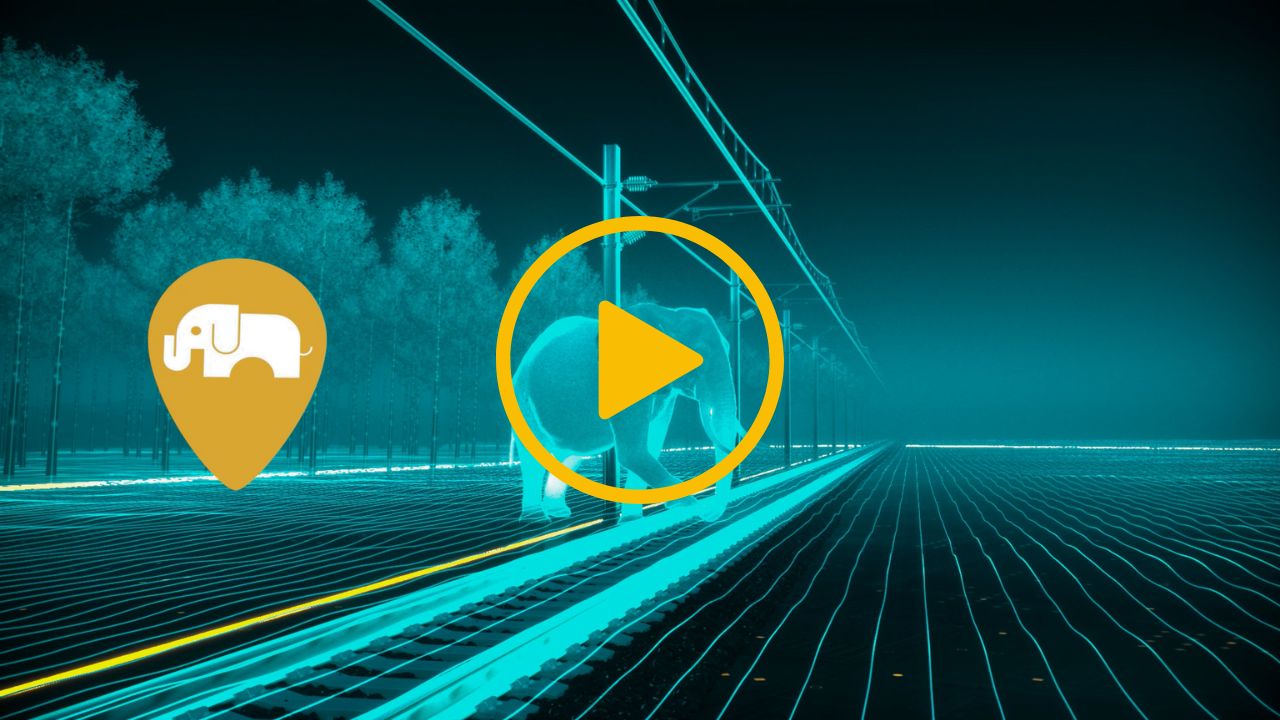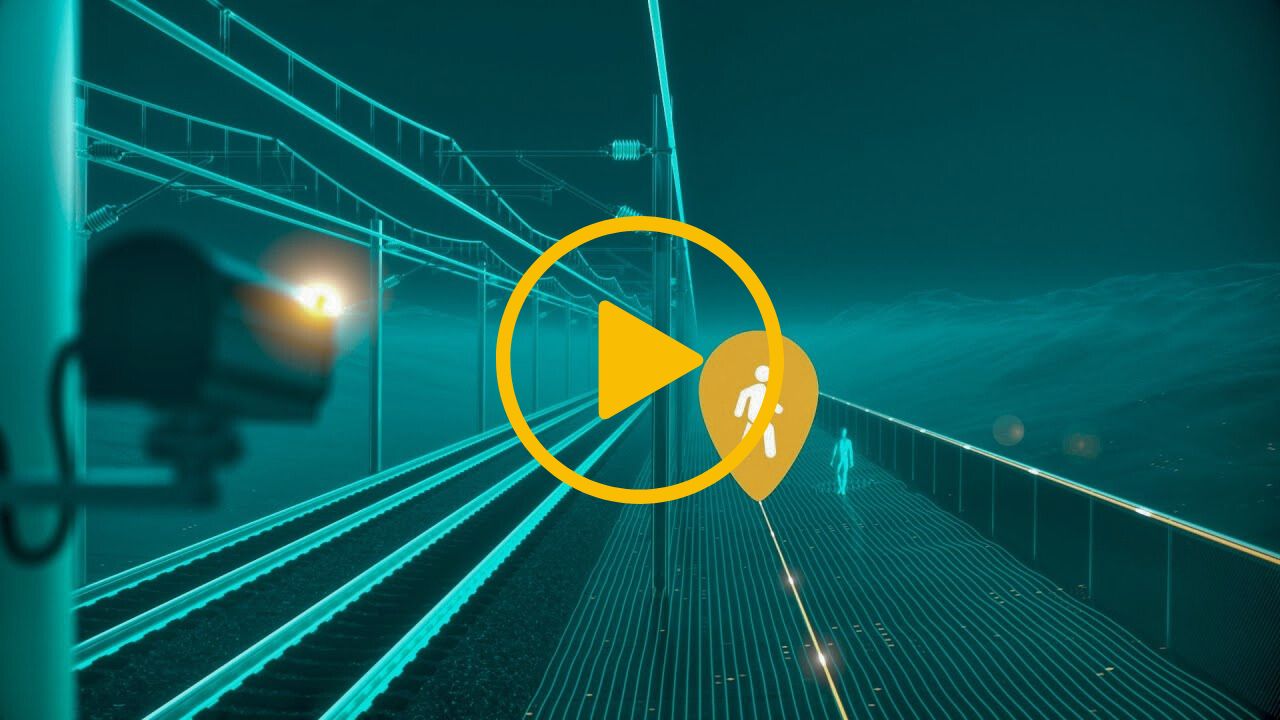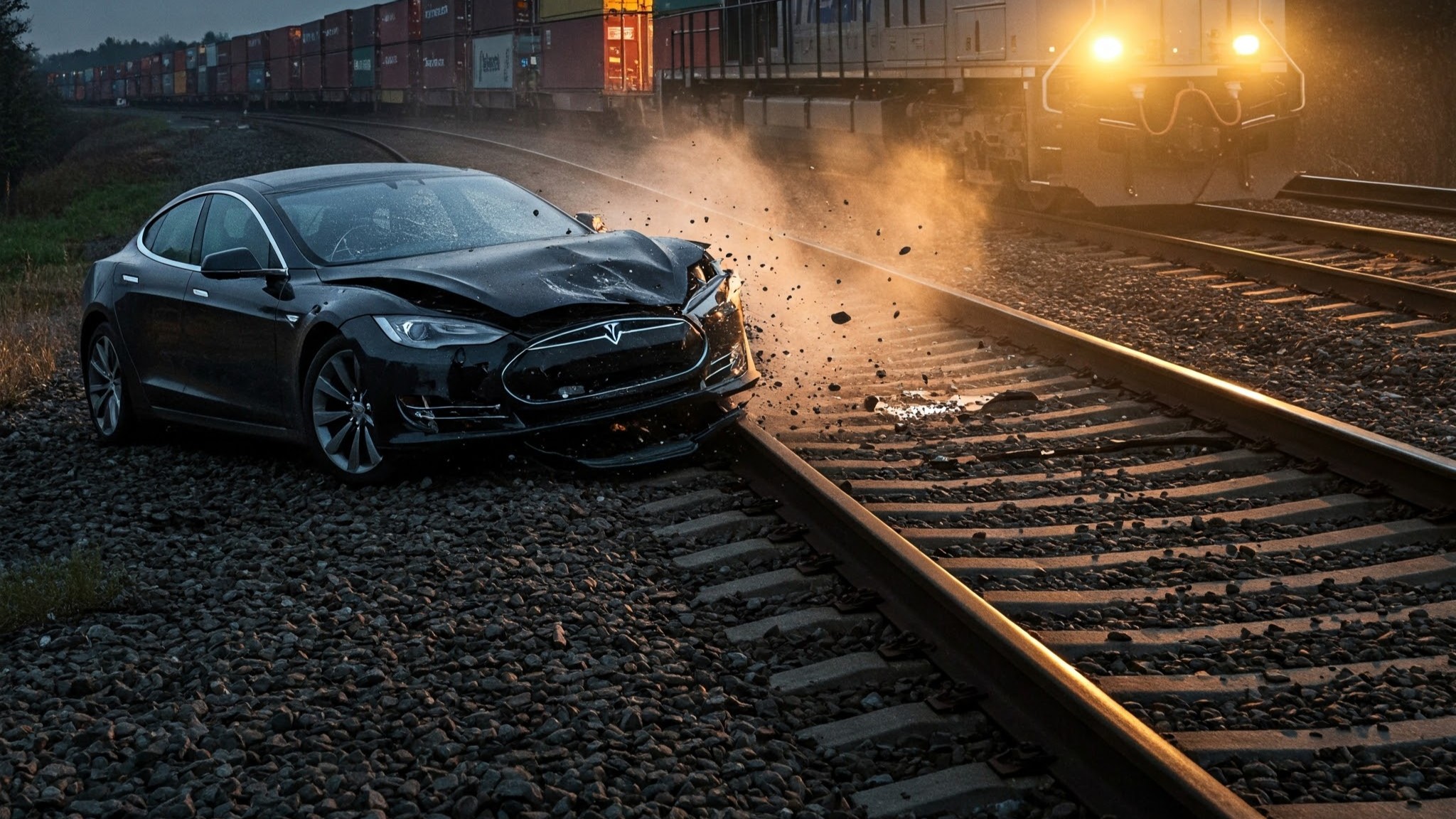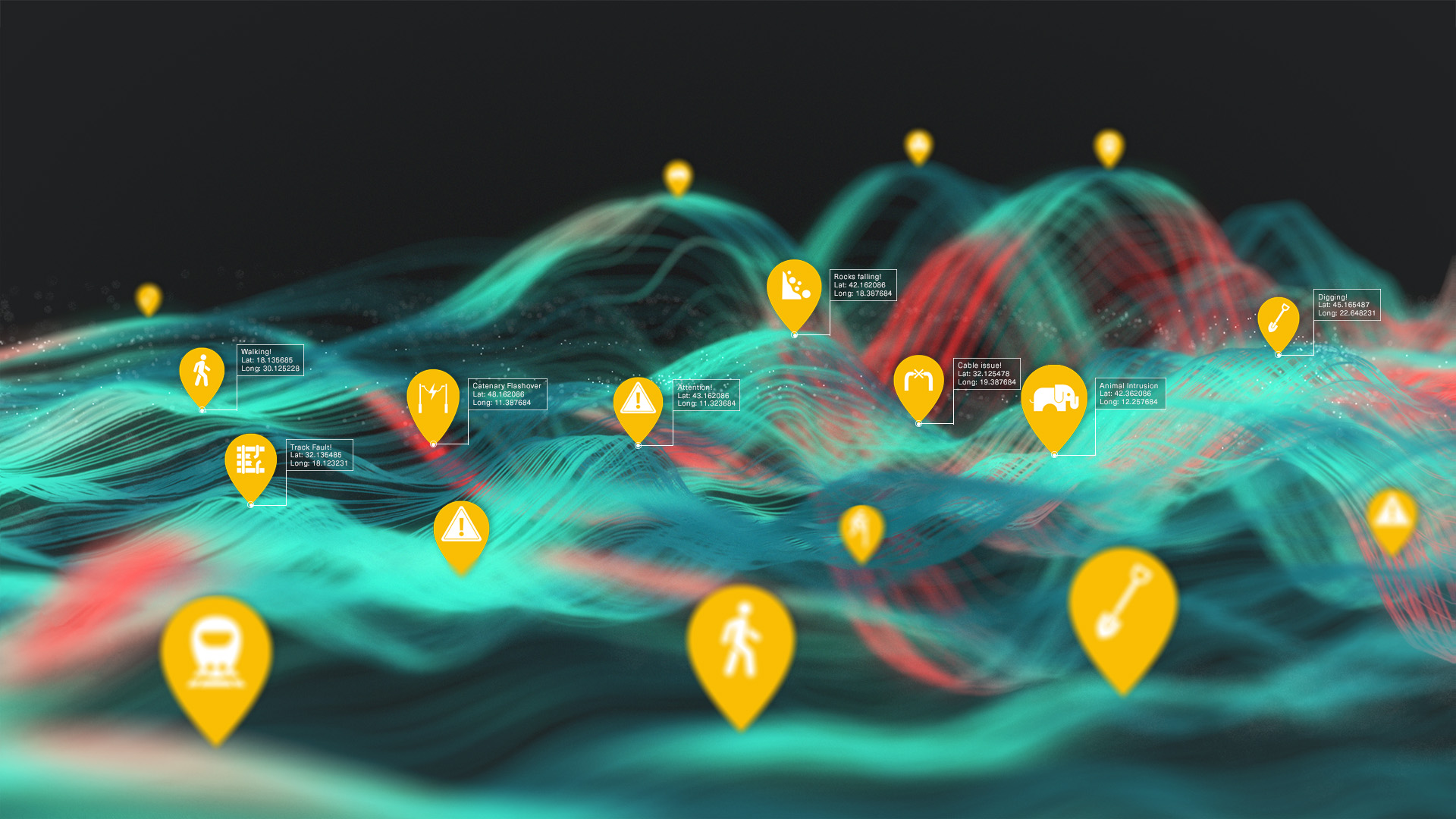Railways play a vital role in modern low carbon transportation, providing efficient and convenient means of travel for both passengers and freight. However, the long, linear network of railway infrastructure presents unique security challenges. Trespassing on railways is a grave concern, posing significant risks to both the safety of individuals and the integrity of railway operations. Understanding the diverse types of trespass and their motivations can be crucial for developing effective prevention strategies.
Accidental Trespass
Accidental trespass occurs when individuals unintentionally enter or remain on railway property without realising the potential hazards. This can happen due to a lack of awareness of railway safety rules, poor signage, and particularly where there are unclear boundaries between railway property and public or accessible areas. Accidental trespassers often include children playing near tracks, people taking shortcuts, or those who are unfamiliar with the area. Usually, this type of trespass only poses significant risk to the trespasser themselves rather than railway operations. However, there are two key exceptions – Vehicle incursion and Animal incursion detailed below.
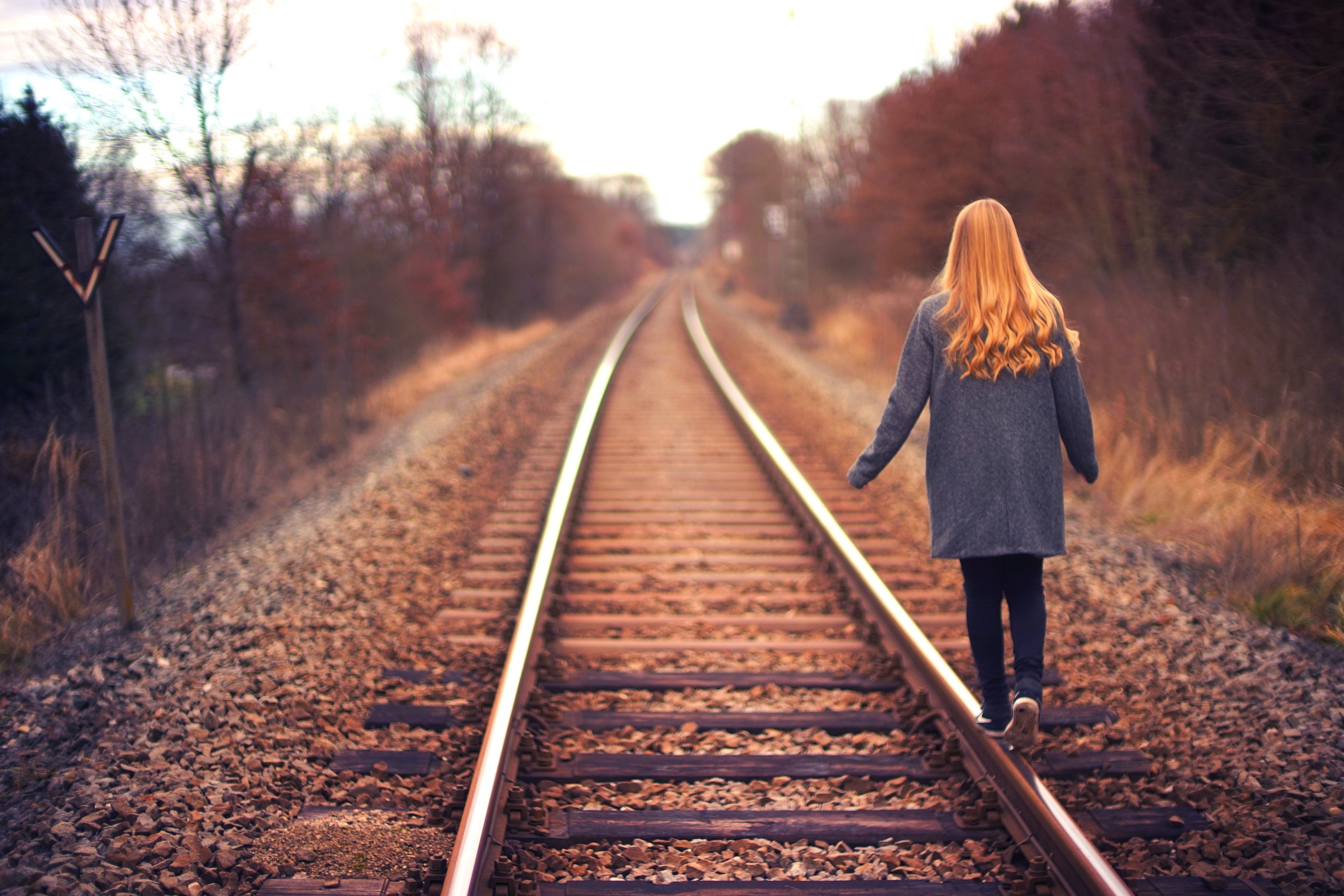
Vehicle incursion
Whilst the topic of road crossing misuse could fill many blog articles, we will not try to cover this topic here. Instead, we discuss vehicles (or the debris from their collisions) ending up on the railway tracks.
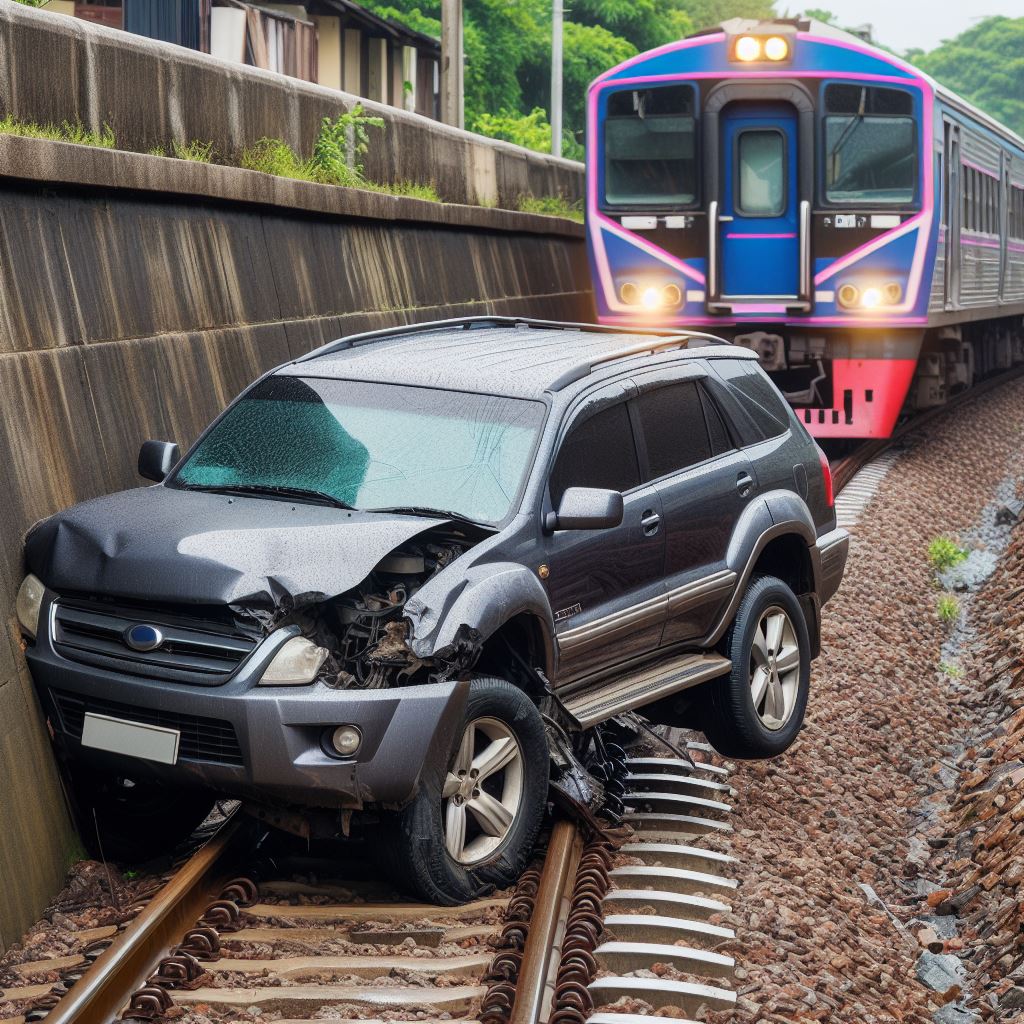
There are many tragic cases where a vehicle travelling along nearby road infrastructure has lost control and ended up across the railway track endangering both the road vehicle occupants and railway staff, passengers, and freight on the railway. This could be a car crashing off a bridge or a road above a railway embankment and ending up on the track below. Other incidents can include road vehicles collide with walls or bridge parapets and the resulting debris ends up falling onto on the railway track below.
When a train strikes a road vehicle or accident debris on the track a rail disaster can unfold. A terrible example is the Selby rail crash. A 4x4 came off a major road, down an embankment and onto the railway below. A passenger train hit the vehicle and derailed into the path of an oncoming freight train. 10 people were killed (including 4 staff) and the collision injured 82 of the 96 passengers. Exactly one year later an eerily similar incident occurred where a van crashed onto the rail track below the road. This time the only fatality was the van driver, but 14 of the 41 rail passengers on the train suffered injury.
Whilst higher risk areas where roads and railways intersect can be readily identified, it is often a bigger challenge to mitigate the risks at source. Often the budgets and stakeholders for roads and highways are separate from railways so there is often an ongoing tension about who should pay for protection measures.
Continuing trends with larger, heavier, and greater acceleration cars and trucks can also mean historic protection methods become less likely to contain vehicle collisions successfully. One final emerging issue is the additional fire risks from Electric Vehicles, (EV’s), when severely damaged in road/rail collisions. This is a factor that could affect the severity of accidents and as the transition to more EV or hydrogen powered vehicles continues. This is a topic that will need adding to and addressing in many risk assessments in future.
Animal Incursion
Animals do not respect signs and often seem to actively seek out weaknesses in boundary fences. Where animals are large or numerous in number, their presence on railway tracks can delay, disrupt, damage even derail railway operations. Large animals such as elephants pose a similar, if not greater, risk to vehicle intrusion. An adult Asian elephant weighs somewhere between a large SUV and a small truck, around 2000-5000kg (4,400 and 11,000 lb). Elephants also have poor eyesight, and often travel in a group. Likewise, a herd of animals such as cows, buffalo or similar can also endanger rail operations due to both the size and number or animals in the herd.
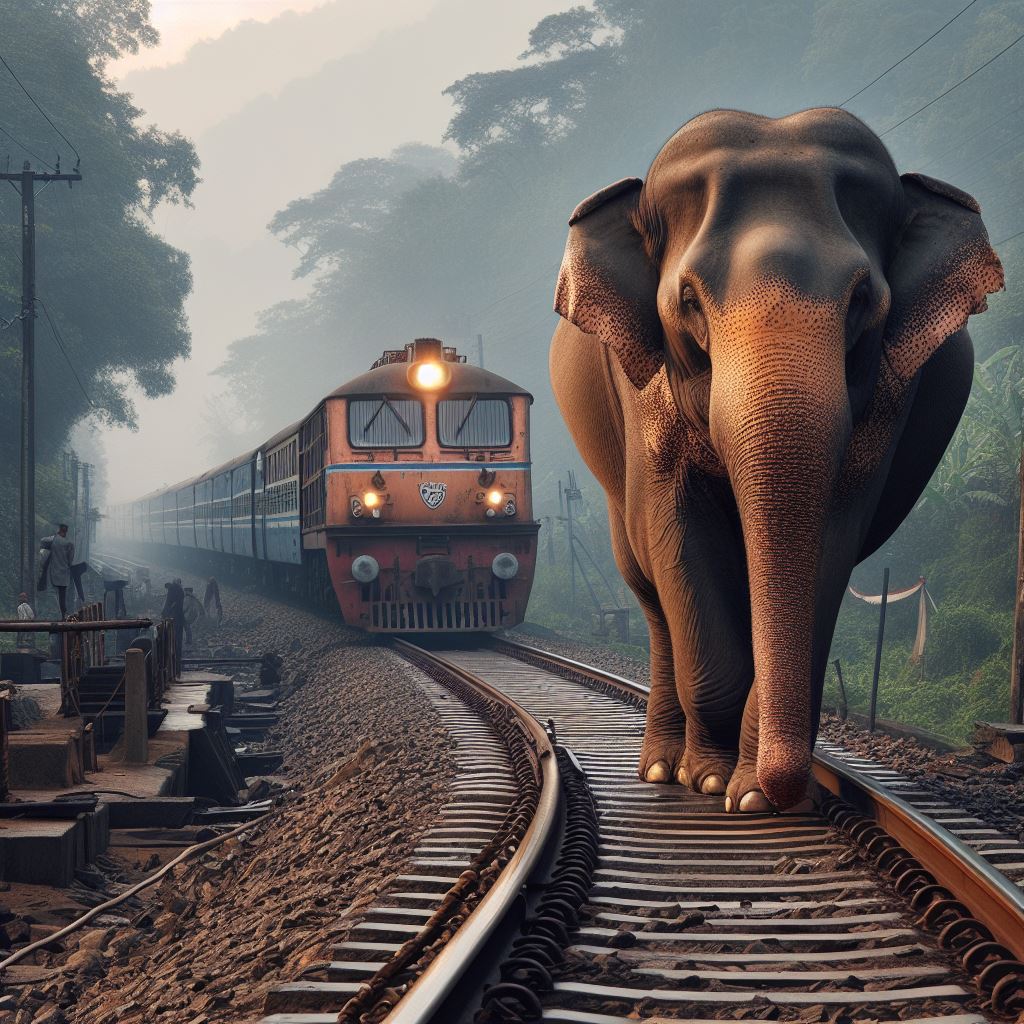
Casual Trespass
Casual trespass refers to deliberate but non-malicious entry onto railway property. This type of trespass often involves individuals using railway tracks as shortcuts, walking, or jogging on tracks, or taking photographs from railway embankments. While not inherently malicious, casual trespass still poses significant safety risks, as individuals may not be aware of the dangers posed by approaching trains or potential hazards along or above the tracks. The largest risks are usually to the trespassers themselves. However, in some regions companies are held liable for the accidents of trespassers if they have not prevented access to the area. As an example a UK company was fined £6.5m (approx. $8.2m USD) in 2021 for not preventing access to the railway leading to the accidental death of a boy.
Vulnerable Users
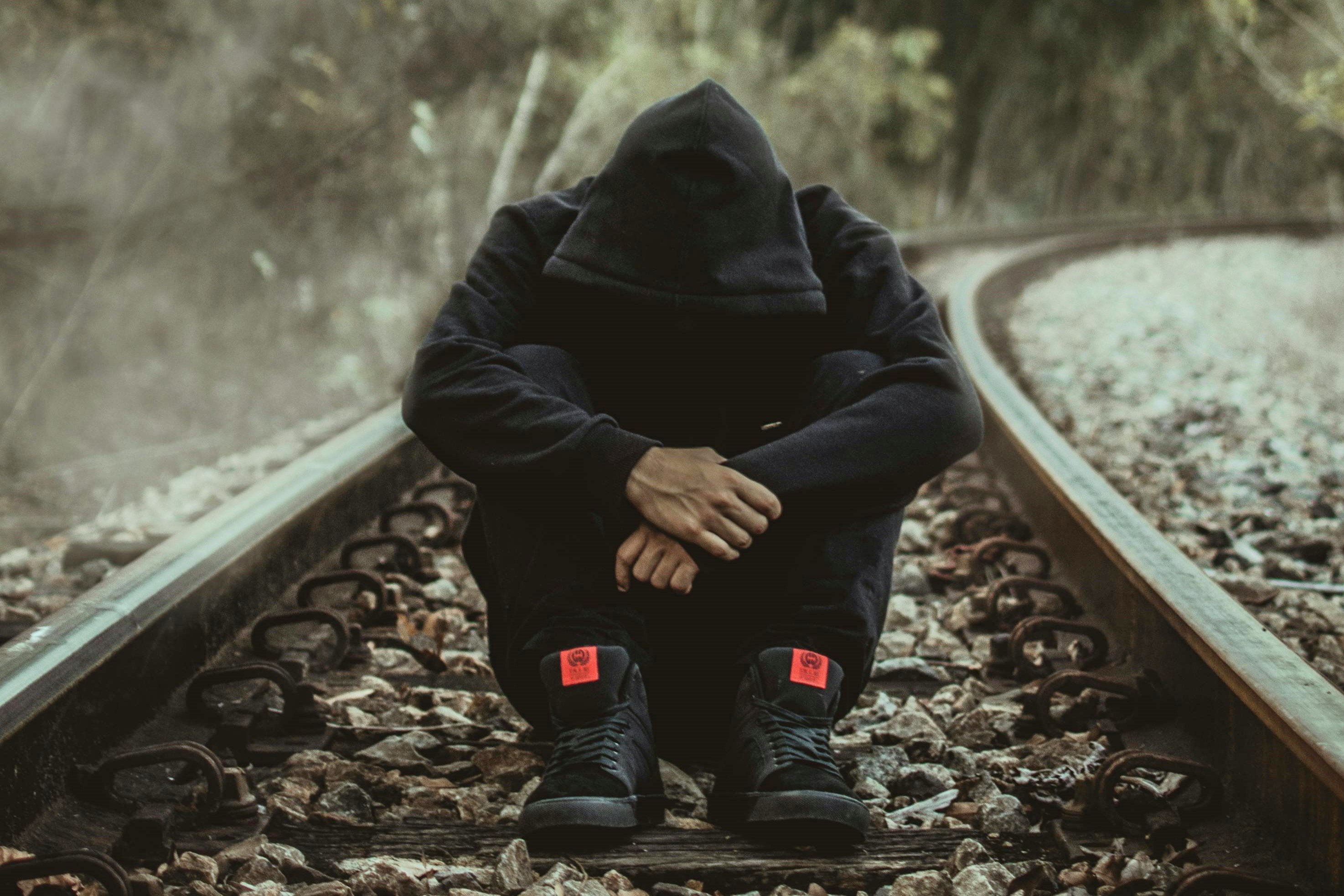
A troubling form of trespass involves vulnerable users, particularly those at risk of suicide. Railway tracks can be seen as places of isolation and despair, and individuals may be drawn to them as a means of escape, self-harm or to hide illicit activities from society such as drug misuse. Preventing suicide and other activities of vulnerable people on railways requires a multi-faceted approach that addresses mental health issues, raises awareness, and provide enhanced safety measures along railway tracks to deter and detect unauthorised access.
Theft
Railway trespass can also be motivated by theft, as individuals or gangs target railway property for financial gain. This malicious trespass often includes stealing valuable materials such as overhead or underground cables, particularly those containing copper or other metals of value. It can also include the theft of railway plant and equipment. Theft of railway property can not only cause financial losses but also compromise the operational capability, safety, and integrity of the railway.
A thief is usually looking for an easy target with a minimal risk of being caught. The often-remote sites of the railway out of watch of the public means they are a frequent target for both petty theft and organised criminal gangs.
Graffiti
Whether you regard graffiti as art or vandalism, the primary safety risks from graffiti are to the “artist” themselves accessing live railway tracks and rollingstock storage yards. However, the costs to the railway should not be underestimated. Aside from potential fines if they are injured on the railway, the cost of cleaning up graffiti from vehicles and stations typically runs into millions for many railway operators each year.

|
Network |
Country |
Cost per year |
Reference Source |
|
Renfe |
Spain |
€25m |
|
|
Deutsche Bahn |
Germany |
€7.6m |
|
|
SNCB |
Belgium |
€6m |
|
|
SBB |
Switzerland |
$5.5 million |
|
|
Network Rail |
UK |
£3.5m |
|
|
OBB |
Austria |
€3.2m |
|
|
Irish Rail |
Ireland |
€1.2m |
Sabotage/Terrorism
Sabotage and terrorism represent the most severe forms of trespass on railways, motivated by malicious intent to disrupt or damage railway infrastructure. These acts can have devastating consequences, causing injuries, fatalities, and significant economic losses. Sabotage can take various forms, such as tampering with signals, interfering with track components, or intentionally damaging railway track and equipment. Terrorist attacks on railways aim to spread fear and disrupt public transportation, often targeting high-profile trains, stations, or routes.
Trespass Prevention
Preventing trespass on railways requires a comprehensive approach that addresses the various motivations and risk factors. Effective prevention strategies often include both “carrot” and “stick” and may include:
- Public awareness campaigns: Educating the public about the dangers of trespass and raising awareness of railway safety rules.
- Improved signage, fencing and crash barriers: Clearly marking railway boundaries and erecting secure fences or barriers to restrict access.
- Providing safe crossing points/bridges/subways where people desire to cross the railway.
- Enhanced surveillance: Increasing patrols and surveillance capability to identify problem areas. For our latest innovation in trespass detection see here.
- Appropriate legislation in place to deter and prosecute offenders.
- Targeted interventions for vulnerable users: Addressing mental health issues, providing crisis support, and implementing suicide prevention measures along railway tracks.
- Collaboration between railway authorities, law enforcement, and community groups: Fostering partnerships to develop and implement effective trespass prevention strategies.
How can Sensonic help?
Sensonic offers covert and easy to roll out trespass detection over long track distances. By listening to the characteristic ground vibrations caused by people or animals moving, we provide a vital early warning detection of trespass on the railway over long sections of rail route. It can also be integrated with existing or new CCTV to provide greater information, situational awareness and evidence gathering capabiltity too.
Bringing proven fiber optic sensing technology from international border security to the railway, we provide railways with insights as to where people or animals are accessing their track both in real-time, to facilitate response, and for trend monitoring to assess the efficacy of security interventions.
The same ground vibration listening technology from Sensonic is used to hear objects (usually rocks), falling onto the railway from above. This capability has the potential to monitor vehicle or collision debris incursion onto the railway too.
Find more info on the applications we offer and how it works here:
Security Rockfall About the Technology
See some of the security applications in action here:
Conclusion
Trespass can pose a significant threat to the safety and security of rail operations. Understanding the diverse types of trespass and their motivations is essential for developing targeted prevention strategies. By implementing a comprehensive approach that encompasses public awareness, infrastructure and detection improvements, law enforcement, and community engagement, railways can work towards minimising trespass risk and costs together with ensuring the safety of railway users.
Sensonic provides infrastructure owners with a way to intelligently listen to their railways and enable them to make better security decisions. If you'd like to better secure your railway then please contact us below for more information.

